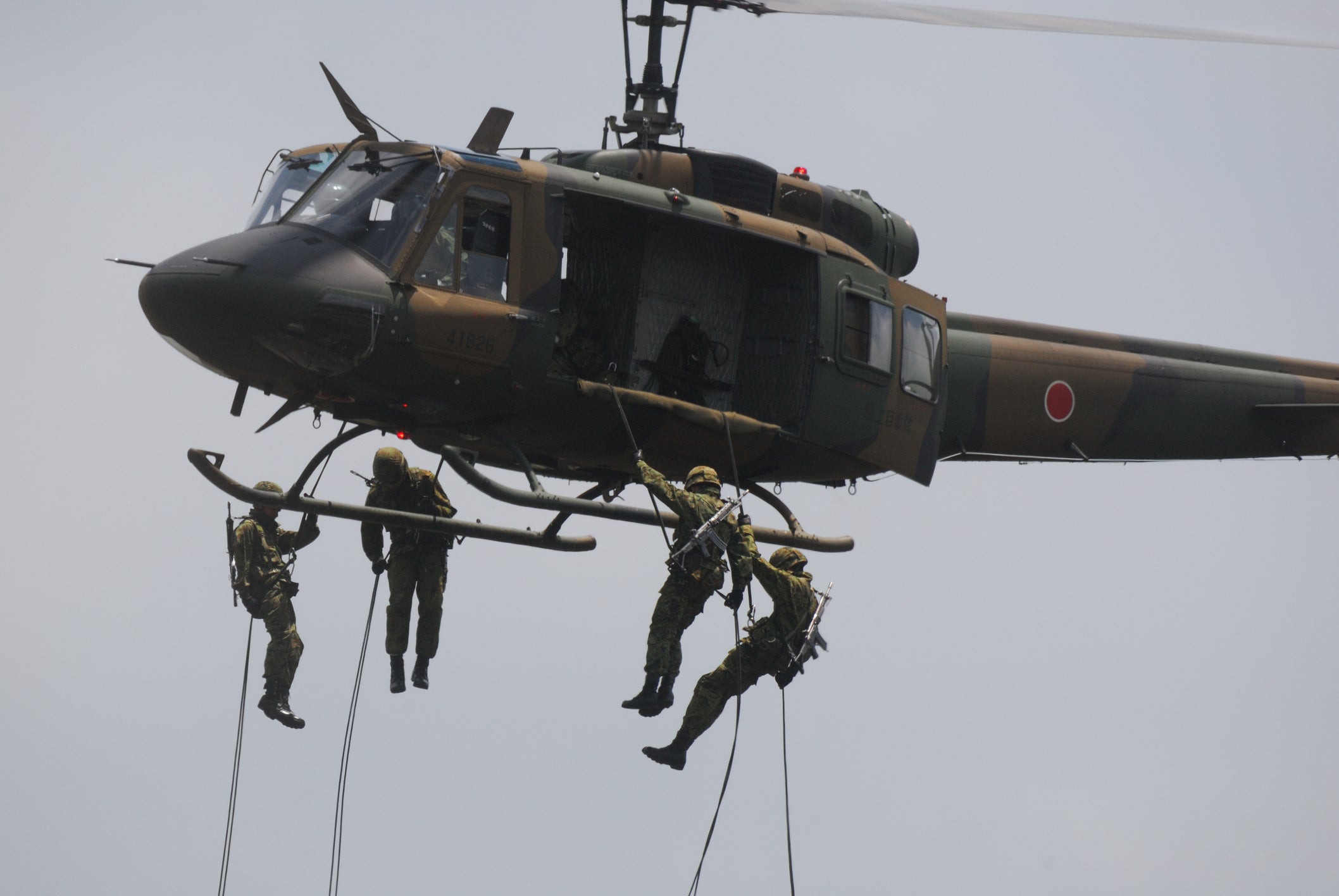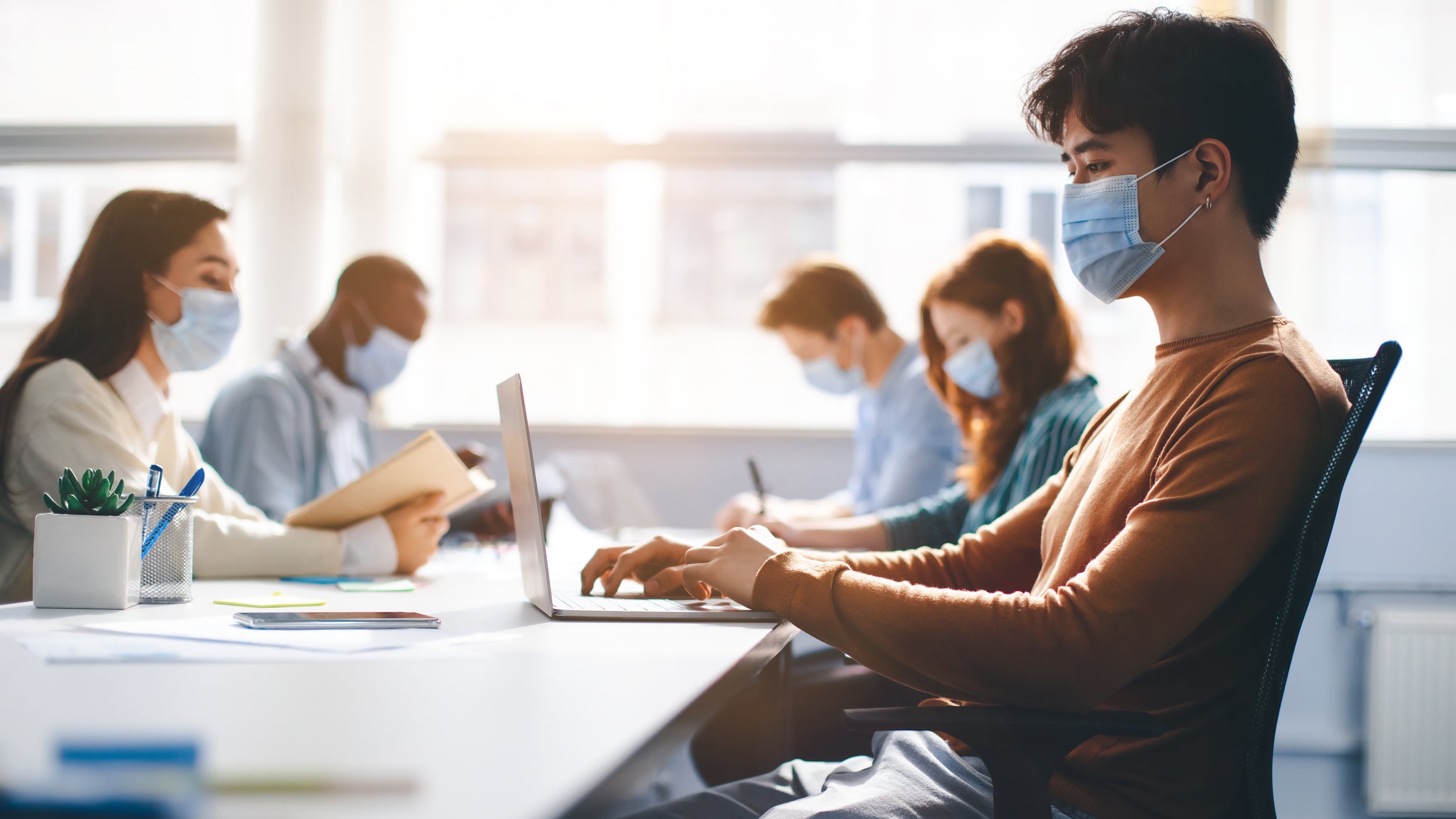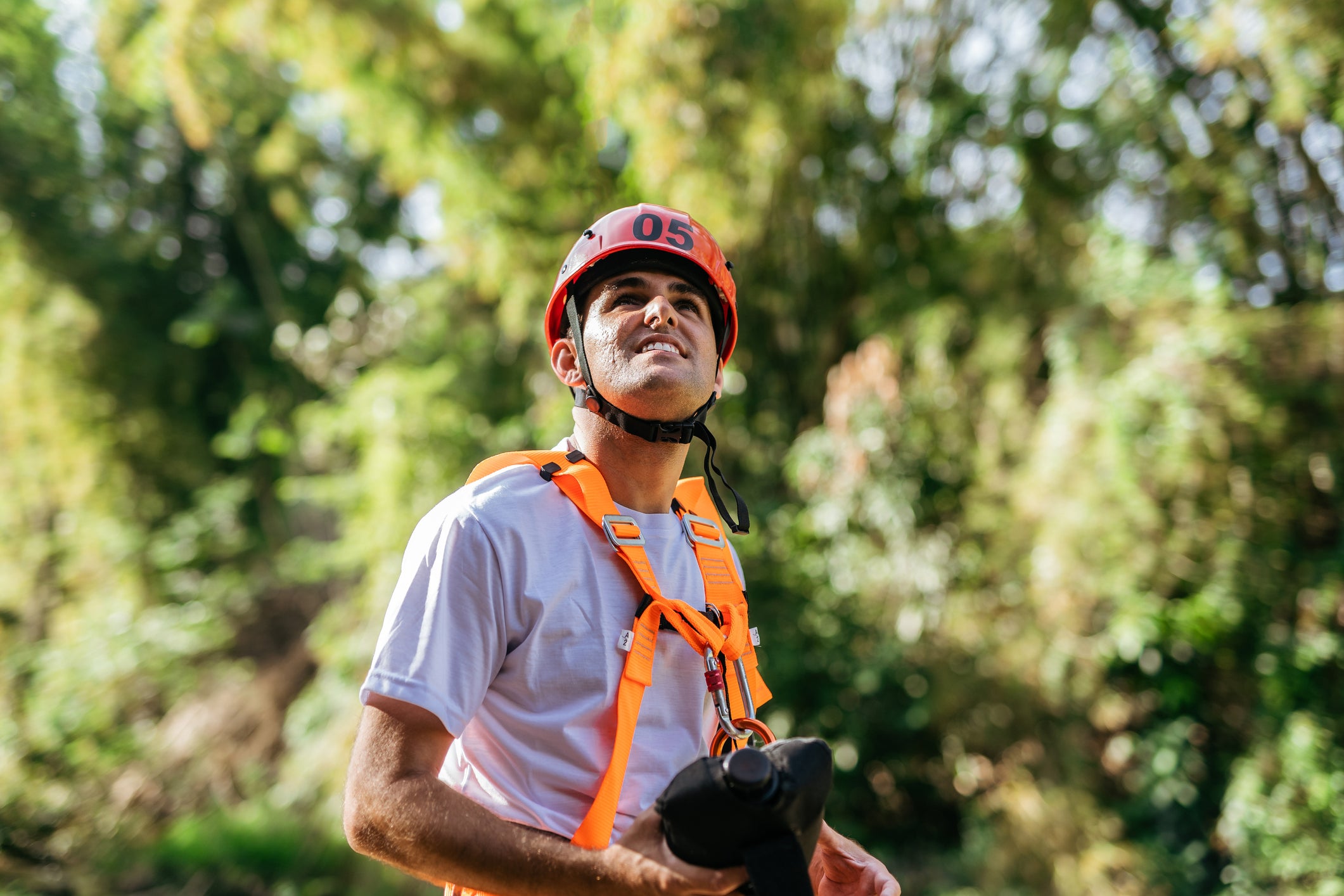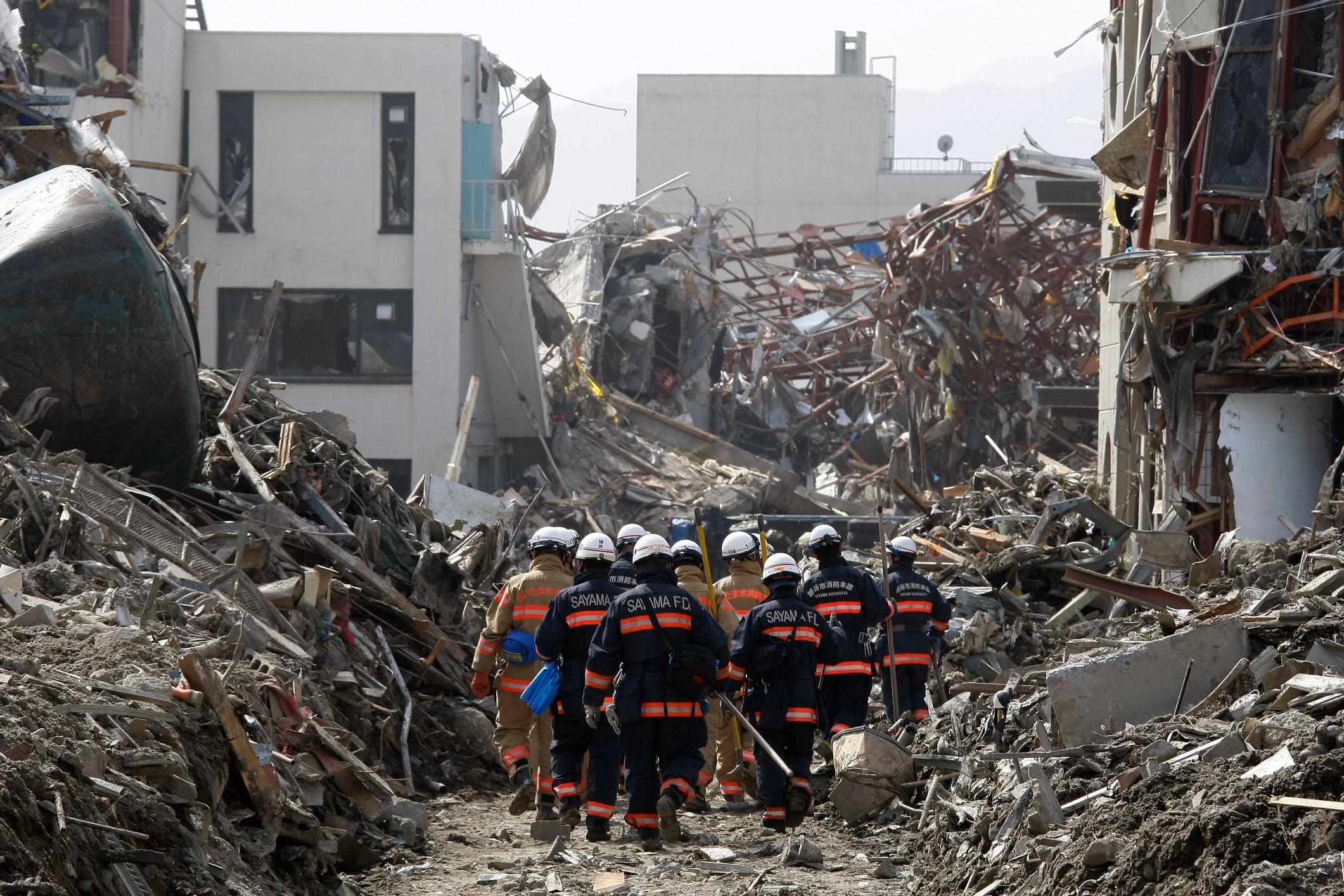What happens if there is no water during a disaster?
table of contents
Introduction
1. Lack of drinking water
2. Hygiene issues
3. Food preparation and its impact on agriculture
4. Impact on firefighting activities
〇Importance of stockpiling 〇Procedures for stockpiling drinking water ・Setting a target amount ・Selecting an appropriate container ・Securing drinking water ・Location and management of stockpiling
〇Use of water purification equipment・Effectiveness of use of water purification equipment・Selection of appropriate water purification equipment・Effective water purification method・Ability to remove contaminants・Maintenance and durability・Repair water leaks and wasteful use ・Shorten shower time ・Using toilet water-saving devices ・Efficient use of washing machines and dishwashers Cooperating with collaborators Effectiveness of cooperating with collaborators ○ Concrete methods of cooperation with collaborators Building a cooperative system
Introduction
If the water supply is interrupted during a disaster, it can have a serious impact on our lives and health. In this article, we will explain in detail the problems that arise when there is no water during a disaster and how to deal with them.
When water runs out during a disaster, important needs in our daily lives go unmet. The following details the problems that can arise when the water supply is interrupted.
1. Lack of drinking water
1-1 Dehydration
A lack of drinking water can lead to dehydration. Dehydration is caused by a lack of water in the body, and symptoms such as headache, dizziness, fatigue, dry mouth, and decreased urine output appear. As dehydration progresses, it can also cause problems with temperature regulation and blood pressure control.
1-2 Increased health risks
The lack of drinking water increases the risk of poor food and beverage hygiene. Not drinking enough water increases the risk of bacterial and viral infections, which can lead to symptoms such as diarrhea, vomiting, and gastroenteritis.
1-3 Heatstroke
Lack of drinking water makes it difficult to regulate body temperature and increases the risk of heat stroke. Heatstroke is caused by an increase in body temperature in a high-temperature environment, and symptoms such as dizziness, headache, nausea, and disturbance of consciousness appear. Insufficient hydration reduces the amount of water in the body and increases the risk of developing heatstroke.
1-4 Stress and psychological effects of disasters
Lack of drinking water can be a factor in increasing stress during disasters. Lack of water can cause feelings of anxiety and hopelessness and increase psychological burden.
2. Hygiene issues
2-1 Difficulty in washing hands
Lack of water makes hand washing difficult. Hands can be a source of germs and viruses, and proper hand washing is important to prevent infections. Water scarcity may increase the risk of infectious diseases by limiting handwashing.
2-2 Difficulty in using sanitary toilets
Water is also essential for the hygienic use of toilets. Lack of water makes it impossible to flush toilets and wash hands, resulting in poor hygiene. This increases the risk of bacterial and viral infections, which can spread diarrhea and other infections.
2-3 Difficulties in waste disposal
Lack of water makes waste disposal difficult. Water is necessary for sewage and drainage systems to function, and a lack of water makes it difficult to dispose of waste and maintain a sanitary environment. This can increase the risk of environmental pollution and disease.
2-4 Risk of water pollution
Water scarcity limits the water sources available to people. People may turn to unsanitary water sources to meet their water needs. Such water sources can contain contaminants such as bacteria, viruses and chemicals. Ingestion of unsanitary water can pose health risks.
3. Food preparation and its impact on agriculture
3-1 Restrictions on cooking food
Water is an essential element for washing food and cooking food. Water shortages can limit food preparation and affect dietary diversity and nutritional balance. You may also find it difficult to serve hot meals and drinks.
3-2 Impact on Agriculture
Water is an important factor in agriculture, necessary for crop growth and irrigation. Water shortages during disasters can affect the growth of agricultural crops, resulting in reduced yields and quality. Especially in arid areas and areas where water scarcity already exists, the impact will be even more acute.
3-3 Constraints on food supply
Reduced crop production due to water scarcity can constrain food supplies. Prices of agricultural commodities may rise and food shortages may occur in some areas. This increases the risk of hunger and malnutrition.
3-4 Increase in food waste
Lack of water makes it difficult to cook and cool food. This can lead to increased food spoilage and spoilage, increasing the amount of food waste. An increase in food waste not only burdens the environment and wastes resources, but it can also exacerbate the problem of food shortages.
4. Impact on firefighting activities
4-1 Constraints on fire response
Many firefighting operations, such as fire trucks and water sprinklers, require large amounts of water. Water shortages make it difficult for firefighters to provide enough water to fight a fire. This can make fire control and firefighting less effective.
4-2 Restrictions on high-rise buildings
A lack of water makes it difficult to respond to fires in high-rise buildings. High-rise buildings use fountain and hydrant systems that require high-pressure water flow. Lack of water limits the proper functioning of these systems, increasing the spread and difficulty of fire control.
4-3 Impact on Rescue Activities
Firefighters not only fight fires, they also engage in rescue operations. In the case of water shortages, there are situations where water is needed even in rescue operations at disaster sites such as floods and landslides. Lack of water can constrain rescue efforts and make effective rescues difficult.
4-4 Restrictions on Fire Drills and Equipment Maintenance
The fire brigade conducts regular training and equipment maintenance. Water scarcity conditions can constrain fire drills and equipment testing. This can affect the preparedness and ability of the fire brigade in the event of a disaster.
In order to deal with these problems, it is important to take the following measures in preparation for the possibility of water shortages during disasters.
〇Importance of stockpiling
Water is essential for human survival, and access to drinking water is necessary to sustain life.
In the event of a disaster, the water supply may be interrupted due to damage to the water supply and water sources. If you have a stockpile of drinking water, you can drink safe water in the meantime.
Stockpiling drinking water provides a sense of security considering the disruption caused by disasters and restrictions on movement during evacuation.
〇Procedure for stockpiling drinking water
・Setting a target amount
Calculate how much drinking water you need, depending on your family size and expected length of stay. A general goal is 2 liters of drinking water per person per day.
・Selection of appropriate container
To store drinking water, you need a clean, closed container. Choose plastic bottles or airtight containers for drinking water.
・Securing drinking water
Ensure safe drinking water. If tap water is to be used, sterilize it before filling it in a container. Also consider using commercially available bottled water or water filters.
・Location and management of stockpiles
Store drinking water in a cool location out of direct sunlight. Regularly check the expiration date of the stored water and replace or update it as necessary.
〇 Use of water purification equipment
・Effectiveness of the use of water purification equipment
In the event of a disaster or emergency, the supply of tap water may be cut off. Water purifiers purify surrounding water sources (rivers, lakes, rainwater, etc.) and make them safe to drink.
Water purifiers purify water in a variety of ways and are therefore able to remove many contaminants such as micro-organisms, organics and chemicals. This can improve drinking water quality and reduce disease and health risks.
・Selection of appropriate water purification equipment
The choice of water purification device is important. To choose the right equipment, keep in mind the following points:
・Effective water purification method
Types of water purification equipment include filtration, activated carbon, and ultraviolet sterilization. Choose the appropriate water purification method according to the local water quality and need for water purification.
・ Ability to remove contaminants
Check the product specifications to see the range of contaminants your water purifier can remove. It is important to choose equipment that can handle specific risks such as micro-organisms, organics and chemicals.
・Maintenance and durability
Also consider the maintenance of the water purifier, the frequency of filter replacement, and the life of the filter. Choose a device that can be properly maintained for continuous and effective water purification.
〇 Saving water
・Effectiveness of saving water
Conserving water reduces the risk of water shortages and contributes to the availability of drinking water. Conserving water becomes even more important, especially in times of disaster or situations where water supply is problematic.
Water conservation reduces water demand and increases the sustainability of water resources. Conserving water also has the effect of reducing local water stress and the burden on the environment.
〇Specific ways to save water
・Repair of water leaks and wasteful use
Reduce water wastage by fixing leaking pipes and faucets. Also, it is important to take measures such as closing the faucet firmly.
・Reduction of shower time
By shortening the duration of your shower, you can reduce the amount of water you use.
・Using water-saving devices in toilets
You can reduce the amount of water you use by installing a water-saving device in your toilet.
・Efficient use of washing machines and dishwashers
By using a full washer or dishwasher, you can do more washing and washing in one use, saving water.
・Efficient gardening and garden watering
When watering your garden or garden, it is important to use the minimum amount of water necessary and at the right time of day.
〇 Cooperation of collaborators
・Effectiveness of cooperation with collaborators
Securing water supply and drinking water is limited by individual efforts alone. Enlisting collaborators helps us find larger-scale and more effective solutions.
By working together, we can improve resource management and water allocation, and achieve a fair distribution of resources. Information sharing and an organized response also enable faster and more efficient countermeasures.
〇 Specific methods of cooperation with collaborators
・Building a cooperative system
We will work with local residents, organizations, local governments, and other stakeholders to build a cooperative system for water issues. Establish a framework for information sharing and cooperation, including regular meetings and establishing contact lines.
〇Enlightenment on water management and conservation
Efforts will be made to raise awareness of the importance of water management and conservation among collaborators. Promote water saving practices and sustainable water use through information sharing and educational programs.
・Establishment of an emergency response plan
Develop a response plan for emergency water shortages. It is important to make a cooperative action plan, such as securing appropriate stockpiles, securing water supply routes, and providing drinking water at evacuation sites.
・Practice mutual aid
Strengthen cooperation with neighbors and collaborators and practice the spirit of mutual assistance. Let's cooperate with all cooperators, such as cooperation for securing and distributing water, sharing information, and supporting those in need.
summary
The lack of water during a disaster can have a huge impact on our lives and health. If the water supply is interrupted, there may be shortages of drinking water, sanitation problems, impacts on food preparation and agriculture, and restrictions on firefighting activities. It is important to take measures to deal with water shortages, such as stockpiling in advance, using water purifiers, conserving water, and cooperating with collaborators.








